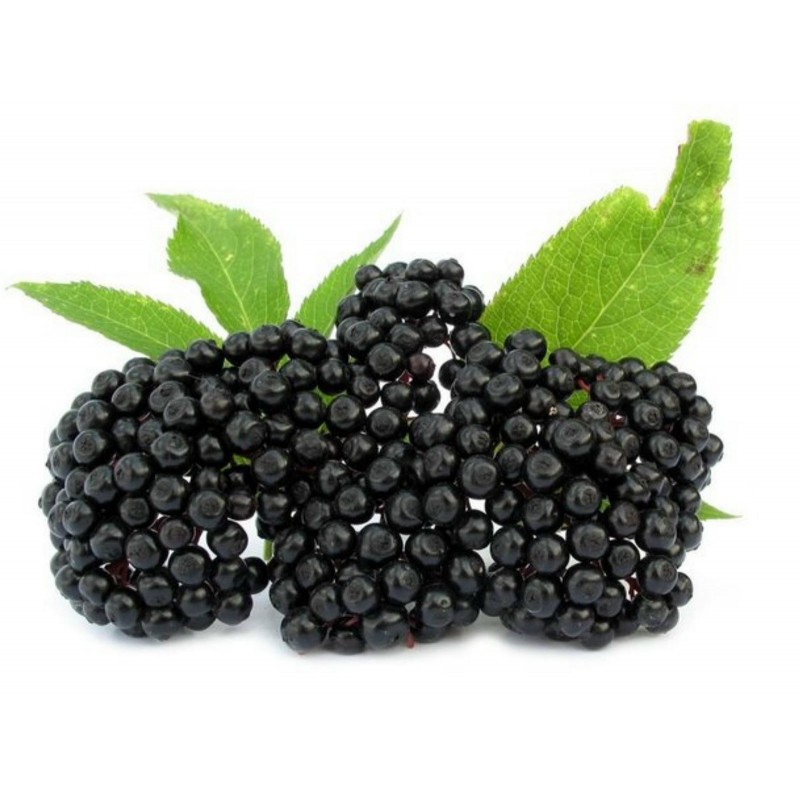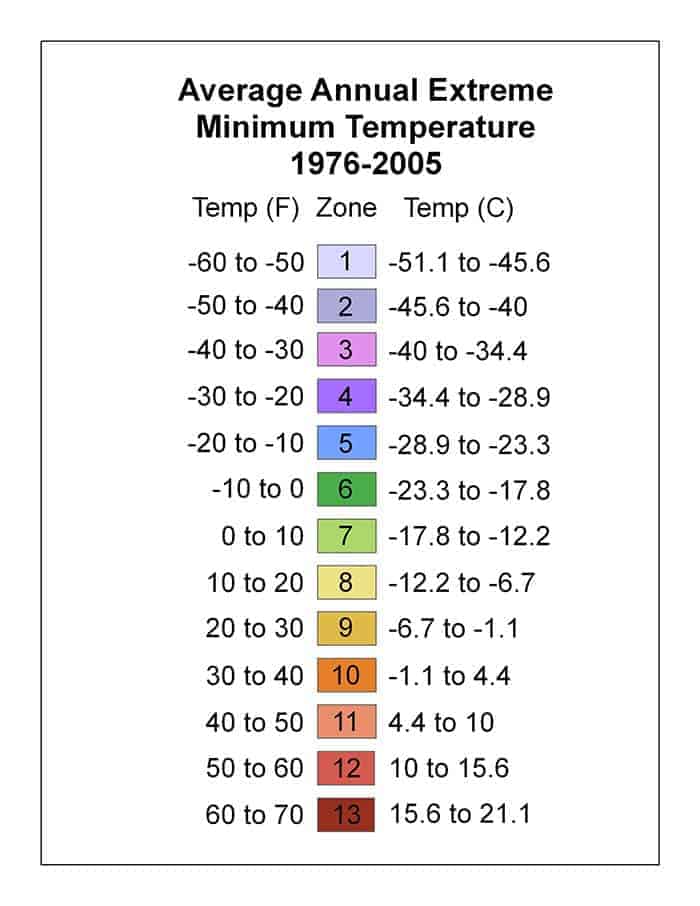- -15%

Plant resistant to cold and frost












Elderberry Seeds, also known as Sambucus Cerulea are native to Europe and grow in the western 1/3 of the United States. Elderberry is a unique heirloom herb that is worth the effort of growing in your home garden
Elderberry Seeds, also known as Sambucus Cerulea are native to Europe and grow in the western 1/3 of the United States. Elderberry is a unique heirloom herb that is worth the effort of growing in your home garden.
Elderberry is in the Honeysuckle family and is often seen as a shrub that can grow up to thirteen feet high, with smooth, gray bark. Corky bumps cover the slender branches, and there is a spongy, white pith inside the twigs and branches.
Elderberry is one of the most effective herbs for treating upper respiratory infections, constipation and fever. In England the Elderberry was known as "natures medicine chest". Elderberry berries are most often used after they have been dried for teas and herbal infusions. Large doses of Elderberry juice can cause diarrhea. The stem of the Elderberry plant should be avoided due to it's cyanide content.
European folklore gave Elderberry magical properties making it the guardian of the garden. It is believed that fairies and elves would appear if you sat underneath an elder bush on midsummer night. The lovely Elderberry plant possessed potent magic, with the ability to drive away witches, and kill serpents.
Additional Details
Family: Caprifoliaceae
Genus: Sambucus (sam-BYOO-kus)
Species: caerulea (see-ROO-lee-uh)
AKA: Blue Elderberry, Sambuscus Cerulea
Category: Perennial
Height: 10-12 ft. (3-3.6 m), 12-15 ft. (3.6-4.7 m), 15-20 ft. (4.7-6 m)
Spacing: 10-12 ft. (3-3.6 m), 12-15 ft. (3.6-4.7 m)
Germination Time: Mark the planting area and monitor as germination will not be completed until the second spring after planting
Sun Exposure: Full sun
Bloom Time: Late Spring/Early Summer
Bloom Color:Pale Yellow, White/Near White
Foliage: Deciduous
Soil Requirements:6.1 to 6.5 (mildly acidic), 6.6 to 7.5 (neutral), 7.6 to 7.8 (mildly alkaline)
Propagation Methods: From seed; direct sow outdoors in fall. Sow the seeds in the fall season at a depth of one-fourth inches and density of 35 plants per square foot of area. Cover the seed with a three-eighths inch layer of sawdust mulch.
Other Details: This plant is attractive to bees, butterflies and/or birds, flowers are fragrant. Average Water Needs; Water regularly; do not overwater
Data sheet

 Reviews (1)
Reviews (1)




Very good communication and fast delivery. Recommended and will buy again.